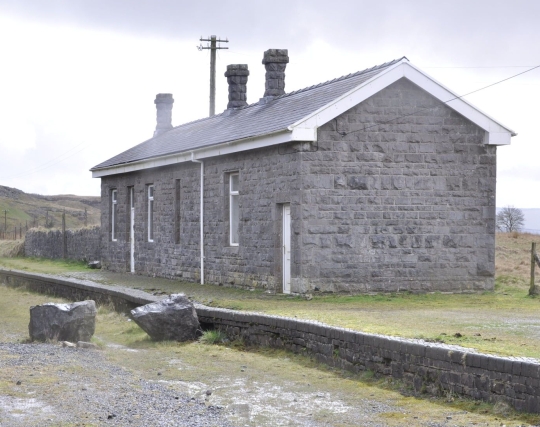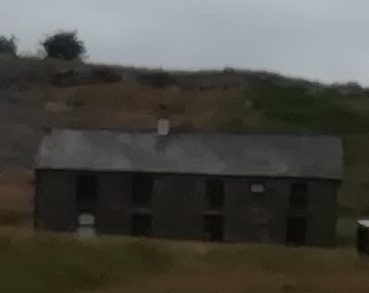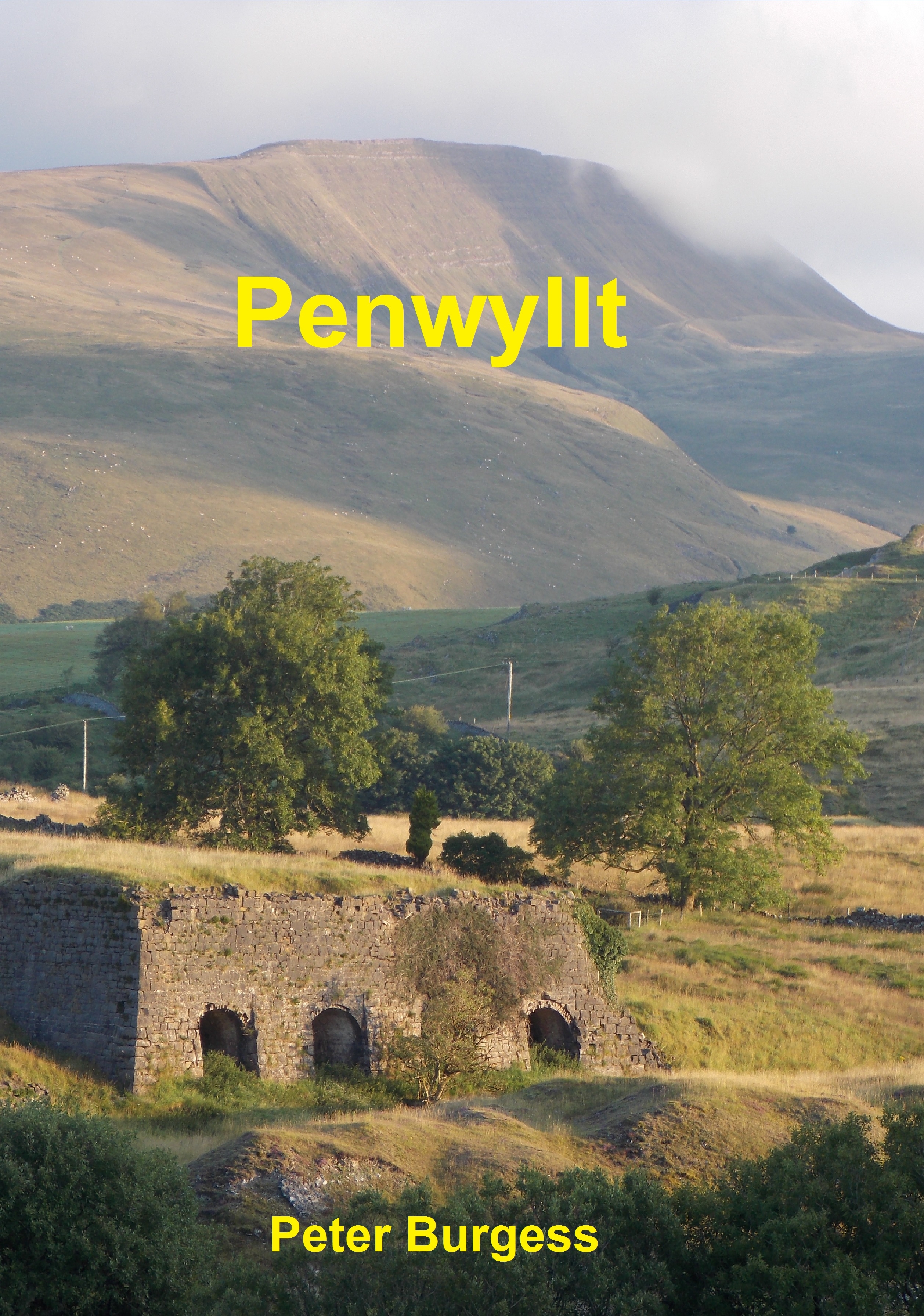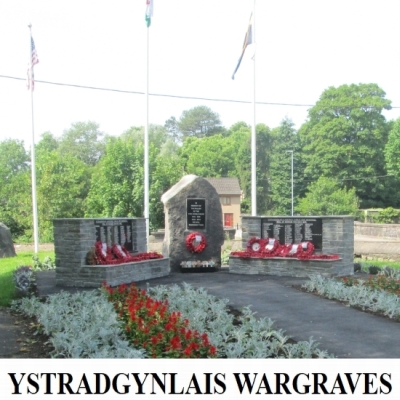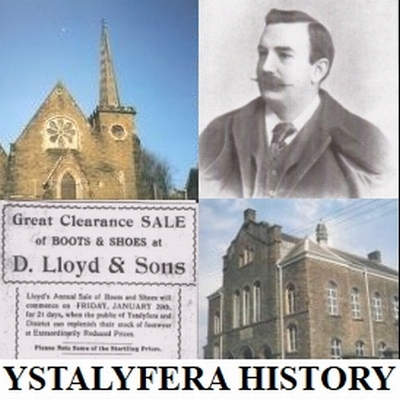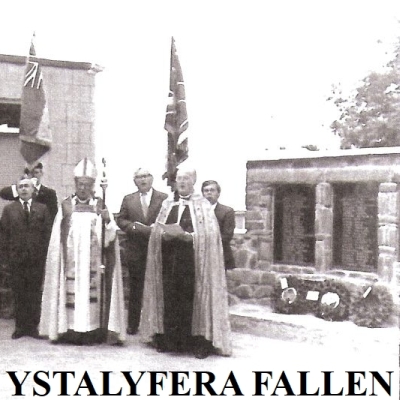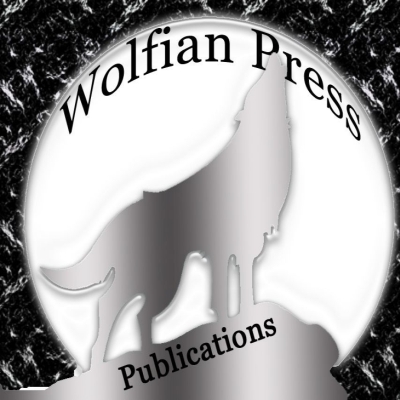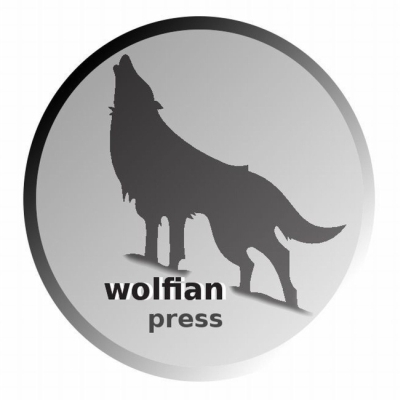Education in Penwyllt
The children of Penwyllt attended Glytawe Council School, on the valley floor, near to Callwen Church. There were discussions as to whether Penwyllt should have its own school, but it was not considered necessary. From the Brecon County Times 31st December 1914
Penycae Ratepayers' Meeting
On Wednesday evening of last week a joint ratepayers' meeting for the parishes of Glyntawe and Ystradgynlais Higher was held at Penycae School, for the purposes of considering a petition sent by the householders of Penwyllt to the Education Committee to establish a school there. Mr T.J. Williams, clerk to the Glyntawe Parish Council, presided over a fair number of ratepayers, and at the outset explained the object of the meeting and read out the petition together with a letter from Mr A. Leonard, Secretary of the Education Committee. The meeting resolved that, in view of the Education Committee having a few years ago, erected Glyntawe Council School in the most convenient place to meet the Educational demands of Penwyllt, Glyntawe, and Trianglas (part thereof), the present application of Penwyllt householders does not warrant the expenditure called for, as the number of children attending Glyntawe School from Penwyllt is comparatively small. The petition was not supported by a single ratepayer from Penwyllt.

